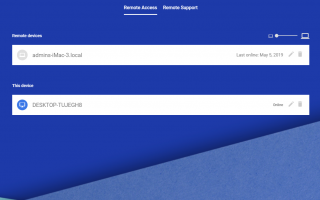PostgREST serves a fully RESTful API from any existing PostgreSQL database. It provides a cleaner, more standards-compliant, faster API than you are likely to write from scratch.
Motivation
Using PostgREST is an alternative to manual CRUD programming. Custom API servers suffer problems. Writing business logic often duplicates, ignores or hobbles database structure. Object-relational mapping is a leaky abstraction leading to slow imperative code. The PostgREST philosophy establishes a single declarative source of truth: the data itself.
Declarative Programming
It’s easier to ask PostgreSQL to join data for you and let its query planner figure out the details than to loop through rows yourself. It’s easier to assign permissions to db objects than to add guards in controllers. (This is especially true for cascading permissions in data dependencies.) It’s easier to set constraints than to litter code with sanity checks.
Leak-proof Abstraction
There is no ORM involved. Creating new views happens in SQL with known performance implications. A database administrator can now create an API from scratch with no custom programming.
Embracing the Relational Model
In 1970 E. F. Codd criticized the then-dominant hierarchical model of databases in his article A Relational Model of Data for Large Shared Data Banks. Reading the article reveals a striking similarity between hierarchical databases and nested http routes. With PostgREST we attempt to use flexible filtering and embedding rather than nested routes.
One Thing Well
PostgREST has a focused scope. It works well with other tools like Nginx. This forces you to cleanly separate the data-centric CRUD operations from other concerns. Use a collection of sharp tools rather than building a big ball of mud.
Shared Improvements
As with any open source project, we all gain from features and fixes in the tool. It’s more beneficial than improvements locked inextricably within custom code-bases.



